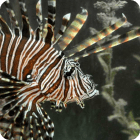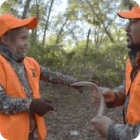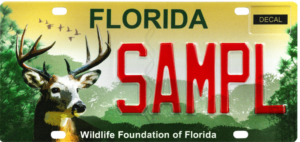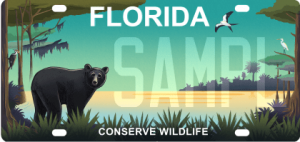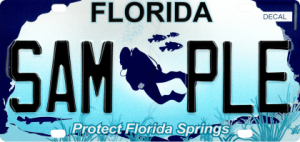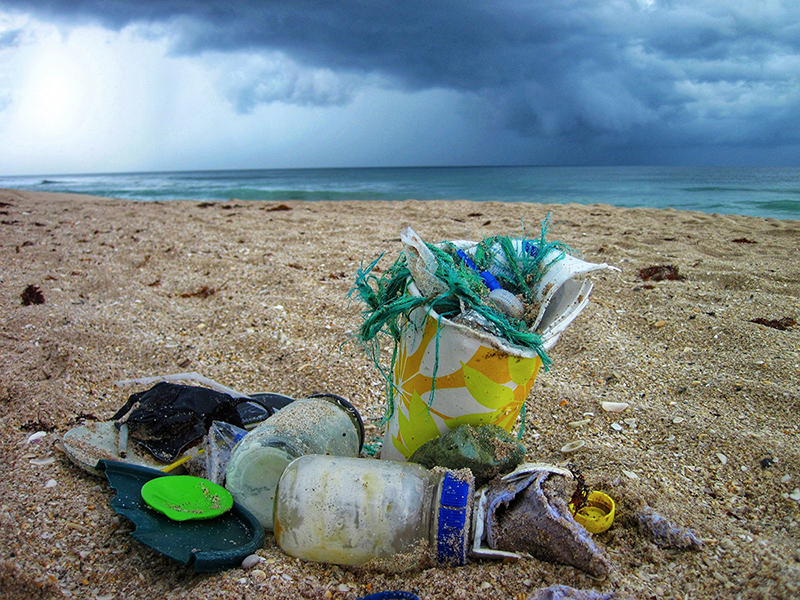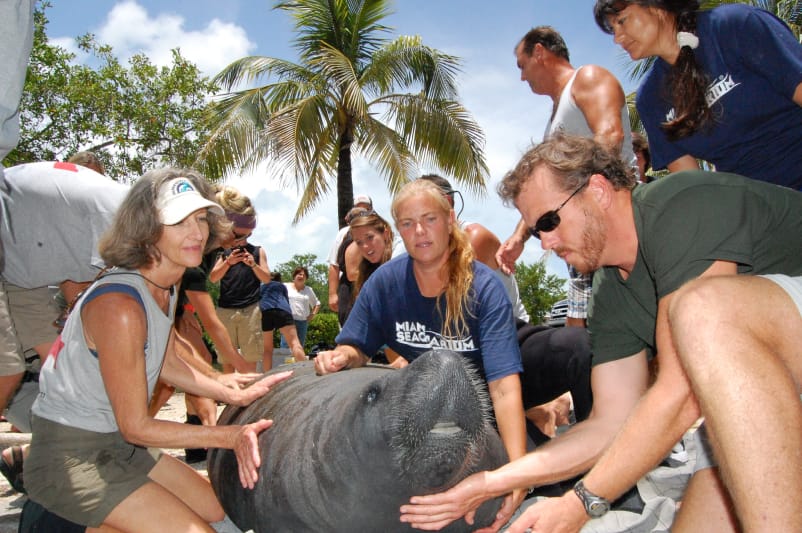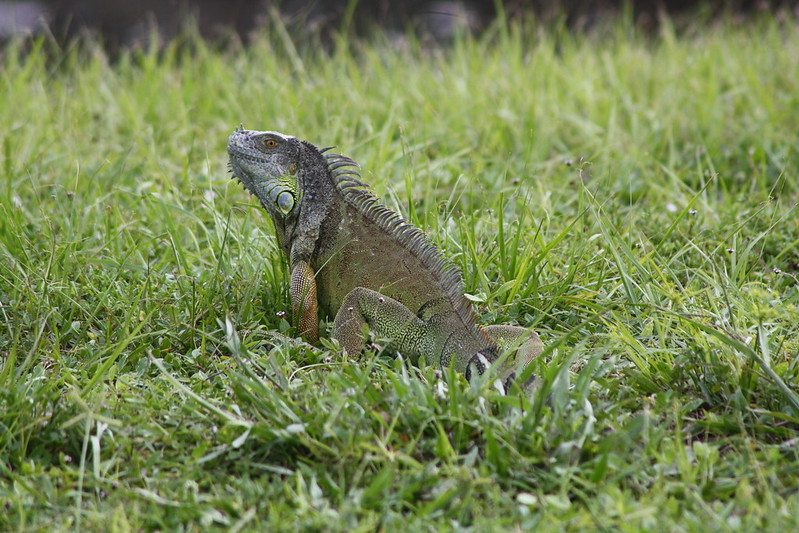
By: Kyle Grammatica
Tourists from all over the world come to enjoy the beauty of Florida, but the state’s invasive animal visitors have outstayed their welcome. These nonnative animals can take over ecosystems and cause significant losses in biodiversity. The Florida Fish and Wildlife Conservation Commission (FWC) is seeking public feedback from all interested parties on draft rules related to high-risk nonnative reptiles. The proposed rule changes address the importation, breeding, and possession of high-risk reptiles including tegus, green iguanas, and Burmese pythons. People are encouraged to take part in an online survey, which will help staff determine what topics to cover at the workshops. To learn more about upcoming workshops, take part in the online survey, or view the draft rules, click here.
Argentine Black and White Tegus
Argentine black and white tegus are large lizards native to South America. They have a mottled black and white coloration that is often arranged into a banding pattern across the back and tail. Reproducing populations of Argentine black and white tegus are established in Hillsborough, Miami-Dade, and Charlotte counties and an emerging population has been found in St. Lucie County. These populations likely formed from escaped or intentionally released pets.
In Florida, tegus have been documented eating the eggs and hatchlings of native species, including those of American alligators and gopher tortoises. Adults have few predators and can give birth to large numbers of offspring per year, increasing the risk of populations spreading beyond their currently established ranges. We work with the Florida Fish and Wildlife Conservation Commission (FWC) and other partners to assess the threat of the species and develop effective management strategies. Thousands of tegus have been removed from Florida so far.
Green Iguanas
The native range of green iguanas extends from Central America to the tropical parts of South America and some eastern Caribbean islands. They were first reported in Florida in the 1960s along Miami-Dade county’s southeastern coast. Since then, their population has expanded along the Atlantic Coast and in Collier and Lee counties on the Gulf Coast. Green iguanas cause damage to residential and commercial vegetation and cause infrastructure damage by digging burrows that erode and collapse sidewalks, foundations, seawalls, and canal banks. The remains of tree snails have been found in their stomachs, suggesting that iguanas could pose a threat to native and endangered species of tree snails. They also consume nickerbean, the host plant of the endangered Miami blue butterfly and may spread salmonella to humans through contact with water or surfaces contaminated by their feces.
Here are a few ways you can help fight the spread of invasive species:
- If you own a tegu, iguana, or other exotic pet that you can no longer care for, don’t release it! Unwanted exotic pets can be surrendered to FWC’s Exotic Pet Amnesty Program.
- If you find an invasive species in the wild, please call FWC’s Exotic Species Hotline at 888-Ive-Got1 (888-483-4681) or report them online.
- Donate to the Foundation to fund high-impact projects designed to control invasive species.



